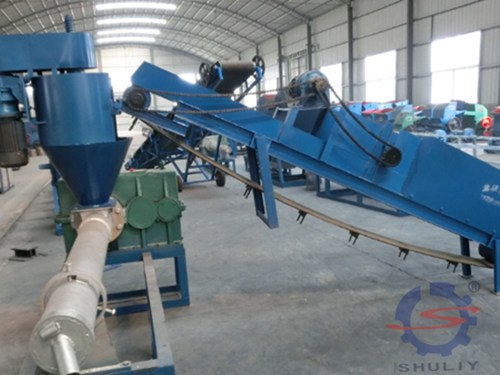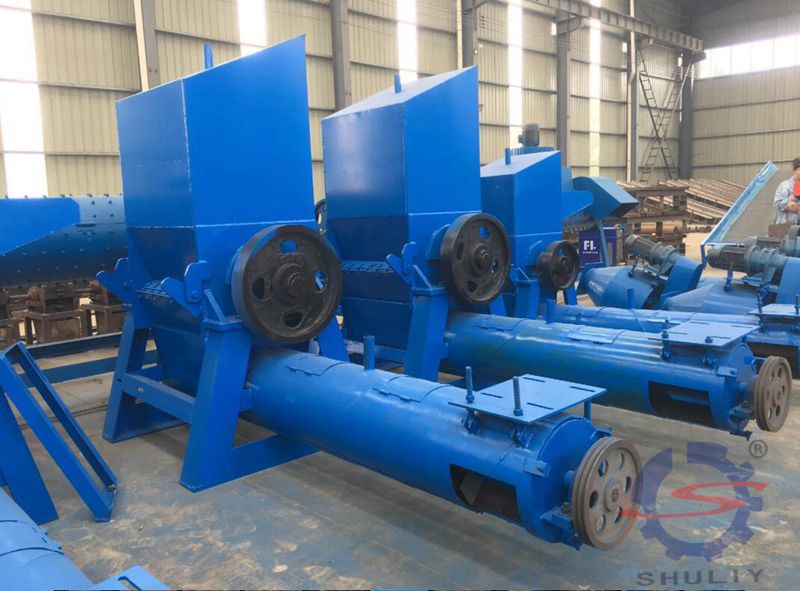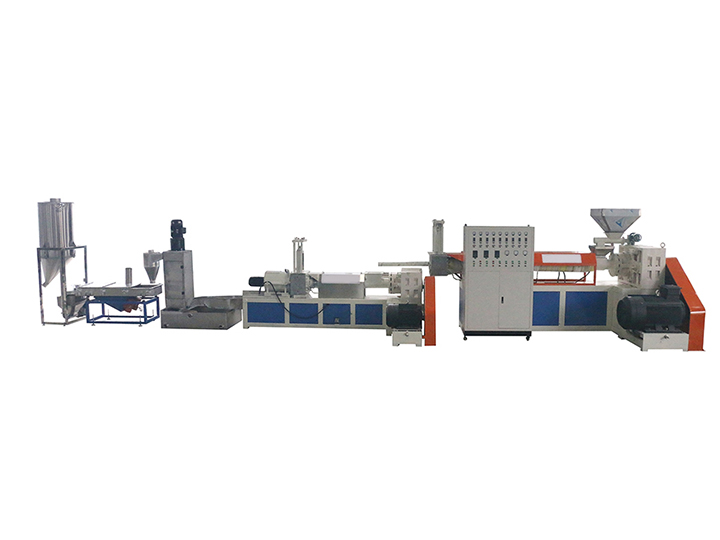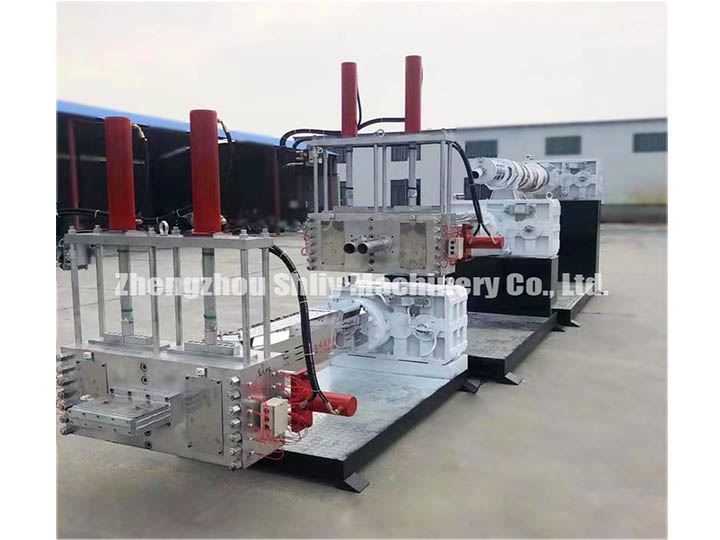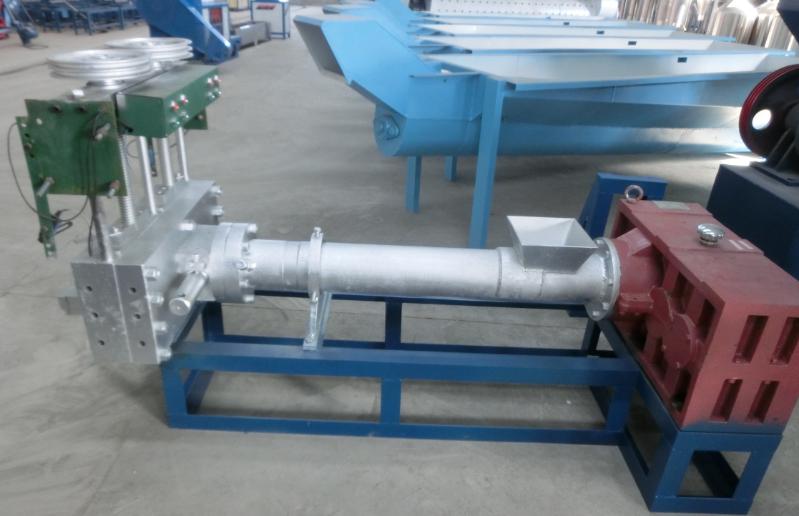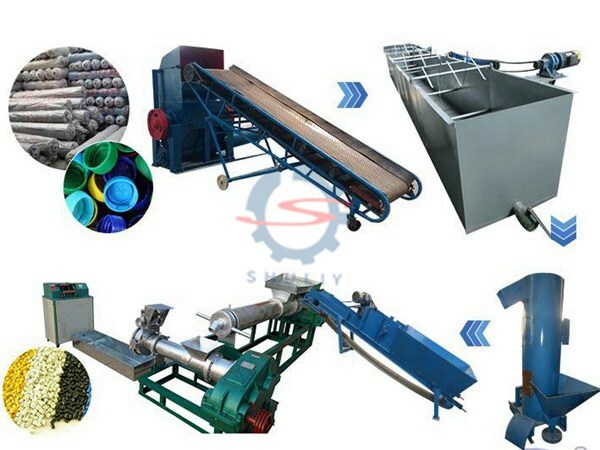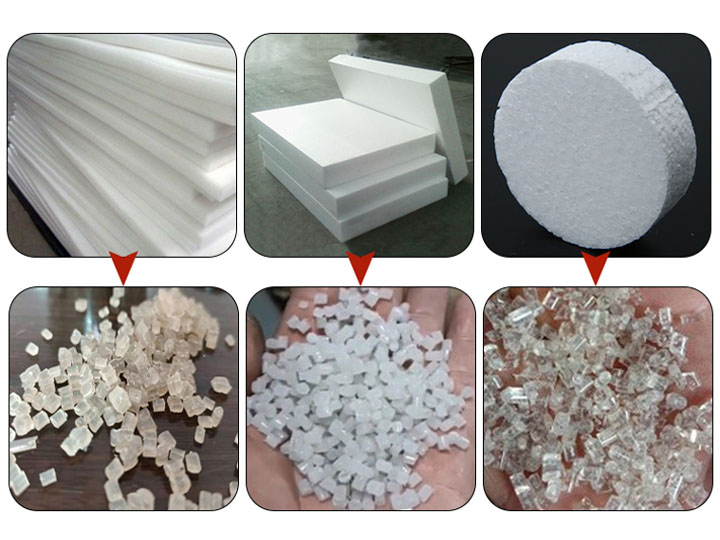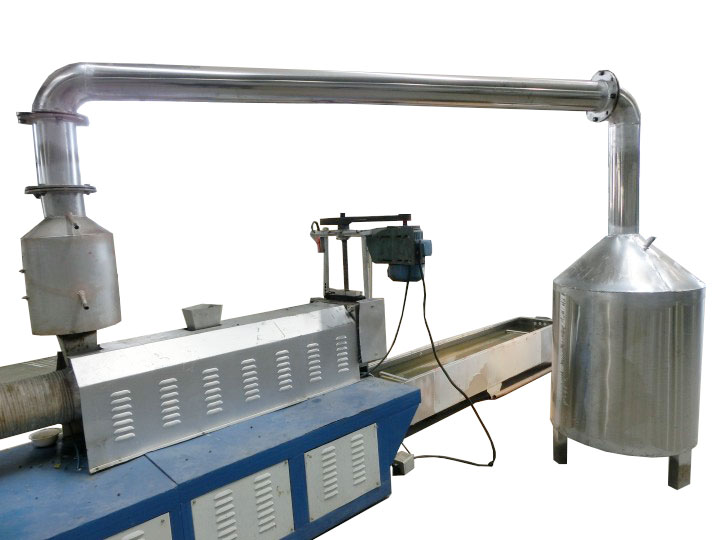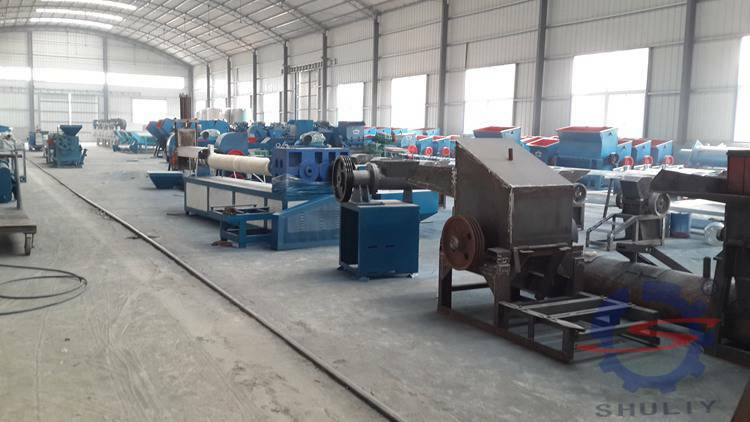What can we do if a plastic granulator does not discharge?
The role of plastic pellet machines is very large, and the demand in today’s business is also very large. Plastic machinery is now being paid attention to by many manufacturers and consumers. However, the machines can not always work efficiently as brand-new ones. So, what can we do if a plastic granulator does not discharge?
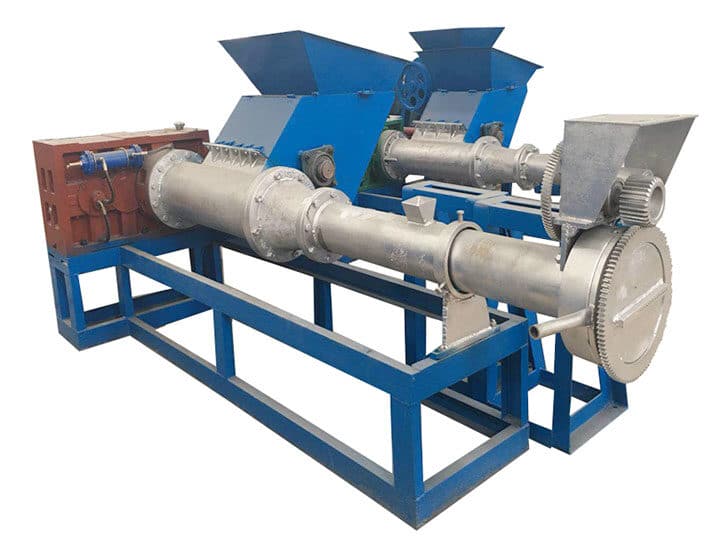
Why does a plastic pelletizer discharge slower?
There are many reasons for the slow discharging, the first one is the low configuration of the pelletizing machine itself or the decrease in output after the screw and barrel are worn out. If the screw feed port design is unreasonable, or there is debris in the barrel that is blocked, it will affect the machine’s output.
Therefore, in the process of recycling plastic waste, like PP, PE flakes, the problem of non-discharge is prone to occur, there are some following suggestions.
Methods to solve the problem
- The causes of the low lubricating oil pressure are listed as following. The pressure setting value of the pressure regulating valve of the lubricating oil system is too low, the oil pump is faulty or the oil suction pipe is blocked. The solution is to check and adjust the pressure regulating valve of the lubricating oil system and then check the oil.
2. The rotation speed of the main motor is not uniform, the rotation speed of the feeding motor is not uniform, and the feeding amount fluctuates. The treatment method is to check the main motor control system and bearings.
3. If there is no problem with the plastic pelletizing machine, you can check is there any iron or other things like a large piece of hard material that has been introduced, and affect the normal operation of the machine.
4. Clean and inspect the extrusion system and the granulator’s head.

